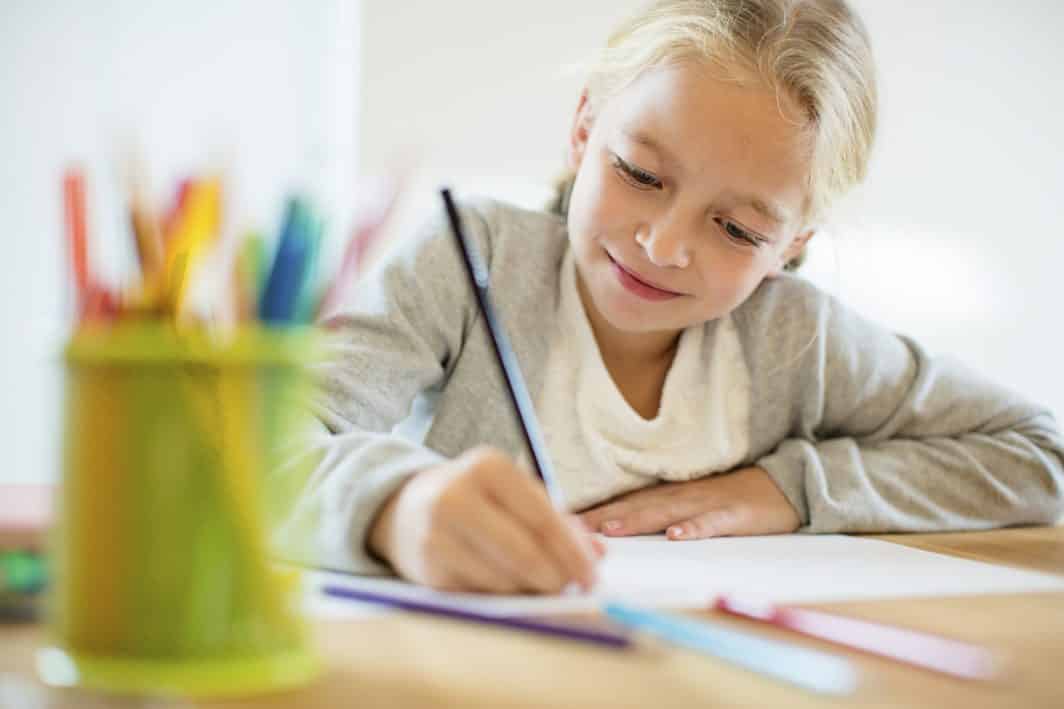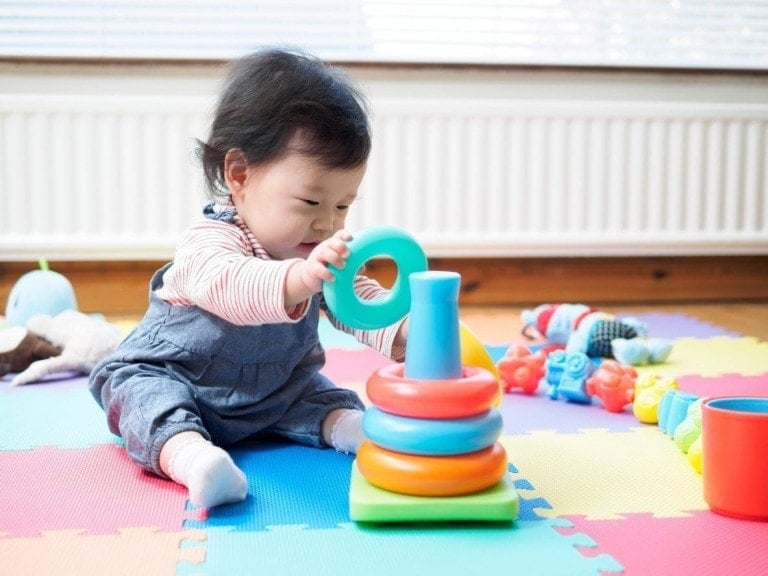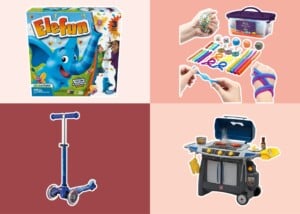Today, in many parts of the world, academic pressure on children is greater than at any other time in history. Children are taught math, reading, science, and other important subjects at increasingly younger ages. As a result, childhood stress and stress-related illness have also been on the rise.
As such, many parents, school administrators, and teachers are concerned with giving the children in their care every possible advantage—giving them the tools, such as reading ability and problem-solving skills–that will allow them to succeed and even thrive in today’s advanced curriculum.
One aspect of early childhood education not to be overlooked is that of art and related skills. Interest in art can easily begin in infancy with the simple act of drawing. As time goes by, this skill can be honed, thus endowing the student with ever-increasing benefits. This article will discuss how teaching your child (or your students) to draw can help them deal with stress, communicate effectively, develop empathy, and understand the world around them.
What about older children? Is it ever too late to begin the artistic path? By no means! In fact, older children can easily assimilate many concepts of art that may be lost on younger children. While your toddler likely relishes coloring with markers or paints, he may be less appreciative of spending quiet hours in an art museum. However, an older child will likely relate to much of what he sees there, artistically, emotionally, and socially. If he’s having trouble connecting classical or contemporary art to relevant concepts in his own life, gentle instruction will likely open up to him unexplored new worlds.
Older children, too, can develop and hone additional skills that will make drawing and the crafting of other works of art exciting and enjoyable.
What about those who are no longer children but only young at heart? Even as an adult, you can benefit from continued exposure to the arts and by making art yourself. If you’re unsure of where to begin, a relaxing evening with the increasingly popular “adult coloring book” is an easy way to start. Even adults will benefit in terms of communication, stress reduction, hand-eye coordination, and concentration. If you have young children, you’ll enjoy the benefits as a family.
Consider the following ten tips for getting your child off to the right start with drawing, no matter the age. Grab your paints, your pencils, and your paper, and discover everything the wonderful world of drawing has to offer.

You can put your child on the path to artistic success by employing the ten steps pictured herein.
1. Start early by allowing your child to mark on paper as soon as he is old enough to hold a crayon; do this activity repeatedly with your child.
2. Teach shapes to your child—not only their names but also how to draw them and recognize them in other objects. Put shapes together to outline objects. For example, two circles can outline a person’s head and body.
3. Encourage creativity by introducing your child to paints, clay, chalk, and other drawing mediums. If messes happen, that’s okay—consider it part of the creative process.
4. Set an example and draw with your child. Your enthusiasm will likely be contagious.
5. When your child shows you his artwork, ask questions to show interest and avoid imposing your own thoughts on the work.
6. Help your child “see” objects by discussing details such as shape, color, and texture.
7. With older children, you may demonstrate technique, giving your child the tools to create more advanced drawings while still not setting “rules” as to how to draw.
8. Remember to anticipate changes in your child’s interest in art—continue cultivating it, and they will not lose it even if it wanes.
9. Be positive, not critical about your child’s artwork. Praise effort, and never deride.
10. Finally, celebrate progress. Don’t expect perfection, but share in your child’s joy and offer commendation for a job well done.










